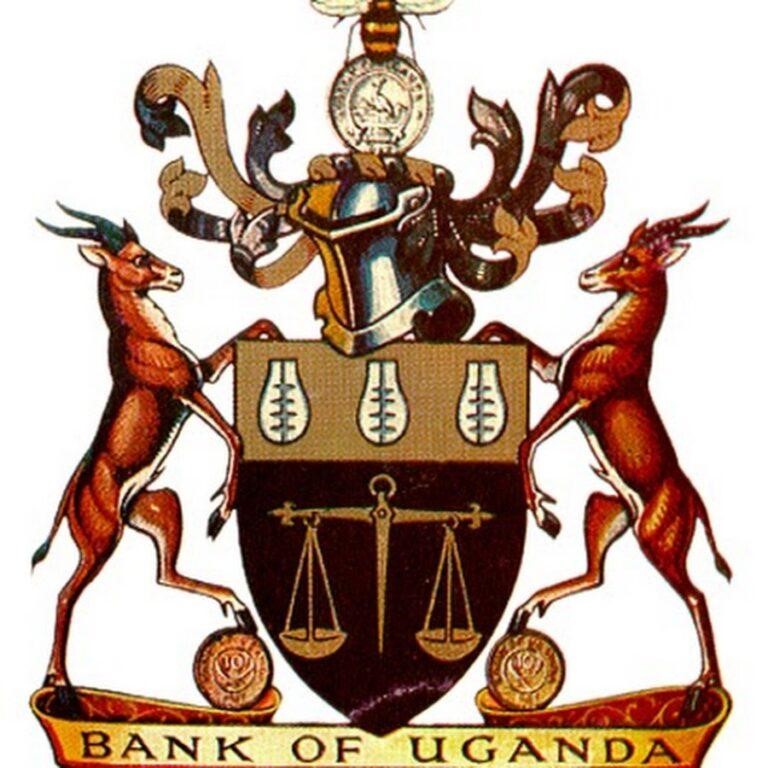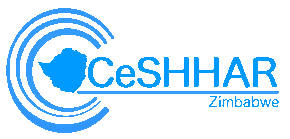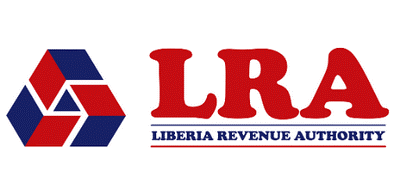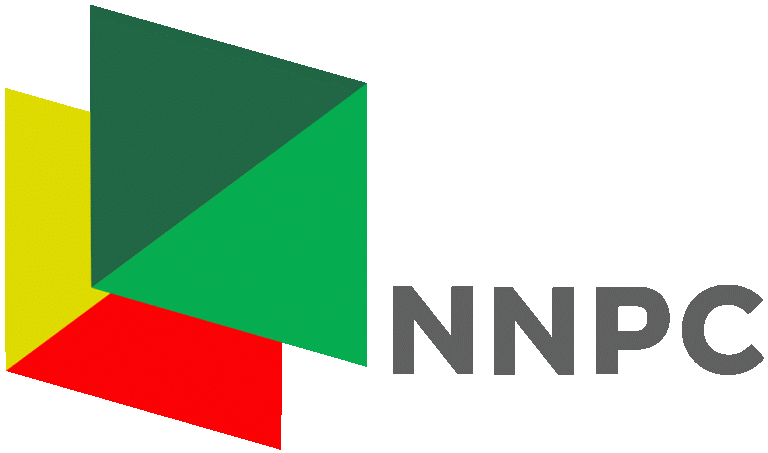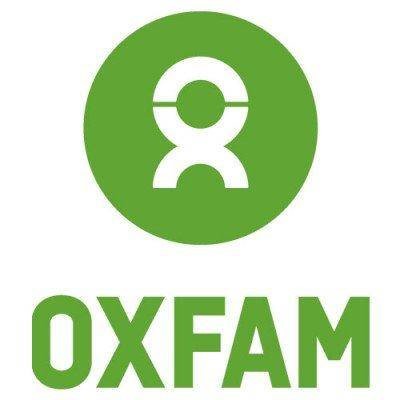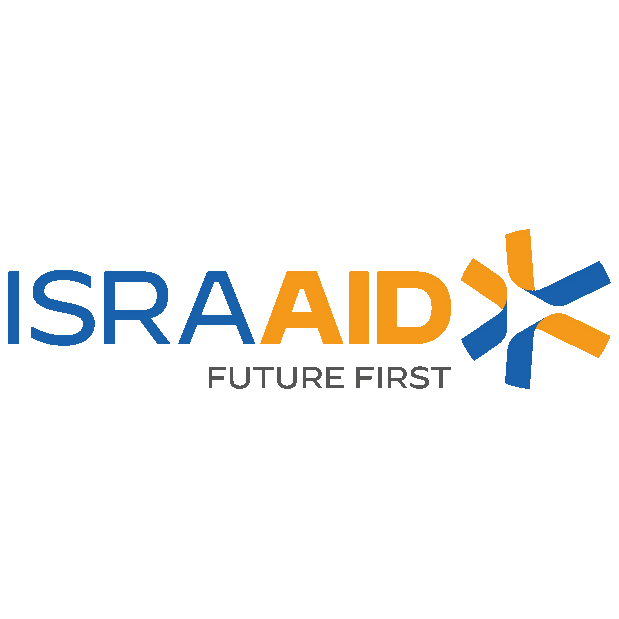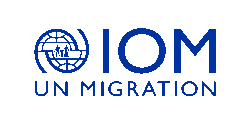HR Metrics and HR Analytics Master Course with Excel
INTRODUCTION
In today's data-driven world, Human Resource (HR) professionals are expected to move beyond traditional HR practices and embrace HR metrics and analytics to make informed, strategic decisions. HR metrics and analytics help organizations to better understand workforce performance, optimize HR processes, and drive organizational success by using data to predict trends, assess risks, and measure the impact of HR initiatives.
This master course provides participants with the skills and knowledge required to leverage HR metrics and analytics using Excel. It is designed to help HR professionals collect, analyze, and interpret data effectively to improve decision-making processes. Participants will learn how to use Excel as a powerful tool for analyzing HR data, creating meaningful reports, and deriving insights to support workforce planning, talent management, performance tracking, and other HR functions.
This course provides practical and hands-on experience in using HR metrics and analytics with Excel, empowering participants to transform HR operations and contribute to strategic decision-making within their organizations.
COURSE OBJECTIVES
By the end of the course, participants will be able to:
- Understand the key concepts of HR metrics and analytics and their importance in HR decision-making.
- Identify, collect, and analyze relevant HR data to track key performance indicators (KPIs) related to recruitment, employee performance, retention, and engagement.
- Use Excel to perform data analysis, create dashboards, and generate insightful reports for HR management.
- Develop HR metrics and analytics frameworks to measure the effectiveness of HR initiatives.
- Interpret HR data to predict trends, assess workforce risks, and support strategic planning.
- Communicate HR analytics insights effectively to stakeholders and senior management.
- Apply HR analytics to key HR functions, such as workforce planning, talent management, compensation, and succession planning.
- Improve decision-making by using predictive HR analytics to identify potential challenges and opportunities.
- Design and use HR dashboards in Excel to visualize HR data and track performance metrics in real-time.
DURATION
5 Days
WHO SHOULD ATTEND
This course is ideal for HR professionals, analysts, and managers who are responsible for managing or utilizing HR data to make strategic decisions. The target audience includes:
- HR Managers and HR Business Partners
- Individuals involved in strategic HR management who need to use data for talent management, workforce planning, and other key HR activities.
- HR Analysts and Data Specialists
- Professionals responsible for collecting, analyzing, and reporting on HR data who want to enhance their skills in HR analytics using Excel.
- Recruitment Managers and Talent Acquisition Specialists
- HR professionals focused on recruitment and retention who need data-driven insights to optimize hiring strategies and reduce turnover.
- Compensation and Benefits Managers
- Managers responsible for compensation, benefits, and employee performance evaluation who want to measure and analyze the effectiveness of pay and reward systems.
- Learning and Development Managers
- Professionals involved in training and development who want to assess the impact of L&D initiatives using metrics and analytics.
- HR Consultants
- Consultants who advise organizations on HR strategies and performance improvement who need to apply data analysis to back up their recommendations.
- HR Generalists and HR Officers
- HR practitioners involved in day-to-day HR operations who want to use metrics and analytics to enhance their HR processes.
- Business Analysts in HR
- Analysts focused on improving HR performance through data-driven solutions.
COURSE CONTENT
Module 1: Introduction to HR Metrics and Analytics
- Overview of HR Metrics and Analytics: Definitions and Importance
- Key Benefits of Data-Driven Decision-Making in HR
- Types of HR Metrics: Operational, Strategic, and Tactical
- Understanding Key HR Metrics: Employee Turnover, Absenteeism, Time-to-Hire, etc.
- Linking HR Metrics to Business Strategy
Module 2: Data Collection and Preparation for HR Analytics
- Identifying and Collecting Relevant HR Data for Analysis
- Best Practices for Data Management in HR
- Data Cleaning and Preparation Techniques in Excel
- Building and Organizing HR Databases in Excel
- Using Excel Functions for Data Validation and Cleaning
Module 3: HR Analytics Framework and Models
- Building an HR Analytics Framework for Your Organization
- Understanding Descriptive, Predictive, and Prescriptive Analytics in HR
- Applying Analytical Models to HR Functions (Recruitment, Performance, Engagement)
- Key Metrics for Talent Acquisition, Employee Retention, and Workforce Performance
- Case Studies: Successful HR Analytics Frameworks
Module 4: Analyzing HR Data with Excel
- Excel Formulas and Functions for HR Data Analysis (SUMIFS, COUNTIFS, VLOOKUP, etc.)
- Analyzing Employee Performance Data Using Excel
- Creating HR Dashboards to Track Key Metrics
- Using Pivot Tables and Pivot Charts for HR Data Reporting
- Visualizing HR Data with Excel Charts and Graphs
Module 5: Workforce Planning and Talent Management Using Analytics
- Workforce Analytics for Planning and Forecasting
- Predicting Talent Needs and Identifying Skills Gaps
- Using Data to Enhance Talent Acquisition Strategies
- Succession Planning and Career Path Analytics
- Employee Lifecycle Analytics: Recruitment, Onboarding, Development, Retention
Module 6: Measuring and Evaluating HR Performance
- Tracking Employee Engagement, Productivity, and Satisfaction Using Metrics
- Analyzing Training Effectiveness and ROI of L&D Programs
- Performance Metrics for Compensation and Benefits
- Identifying High Performers and Potential Turnover Risks
- Conducting Employee Surveys and Analyzing Results in Excel
Module 7: Predictive HR Analytics
- Introduction to Predictive Analytics in HR
- Using Excel for Regression Analysis and Forecasting
- Predicting Employee Attrition and Retention Rates
- Forecasting Future HR Trends: Skills Gaps, Hiring Needs, and Workforce Changes
- Case Studies: Using Predictive HR Analytics to Solve Workforce Challenges
Module 8: Creating HR Dashboards and Reports with Excel
- Designing and Developing Interactive HR Dashboards in Excel
- Best Practices for HR Data Visualization and Reporting
- Automating Reports and Dashboards for Real-Time Insights
- Customizing Dashboards to Reflect Key HR Metrics
- Using Conditional Formatting and Data Bars for Enhanced Visualization
Module 9: Communicating HR Analytics Insights to Stakeholders
- Effective Data Storytelling Techniques for HR Analytics
- Presenting HR Data and Reports to Senior Management
- Communicating the Business Impact of HR Decisions through Data
- Using PowerPoint with Excel to Create Impactful Presentations
- Best Practices for Reporting HR Analytics Insights
Module 10: Case Studies and Real-World Applications
- Real-World Case Studies: HR Metrics and Analytics in Action
- Analyzing HR Success Stories: How Data Transformed HR Functions
- Group Exercises: Solving HR Challenges Using Data-Driven Solutions
- Developing a Customized HR Analytics Framework for Your Organization
- Lessons Learned: Overcoming Common Challenges in HR Analytics
CERTIFICATION
- Upon successful completion of this training, participants will be issued with Macskills Training and Development Institute Certificate
TRAINING VENUE
- Training will be held at Macskills Training Centre. We also the training upon request at different locations across the world.
AIRPORT PICK UP AND ACCOMMODATION
- Airport pick up and accommodation is arranged upon request
TERMS OF PAYMENT
- Payment should be made to Macskills Development Institute bank account before the start of the training and receipts sent to info@macskillsdevelopment.com
Hr Metrics And Hr Analytics Master Course With Excel in Kenya
| Dates | Fees | Location | Action |
|---|---|---|---|
| 13/10/2025 - 17/10/2025 | $2,900 | Kigali |
|
| 27/10/2025 - 31/10/2025 | $1,250 | Nairobi |
|
| 03/11/2025 - 07/11/2025 | $2,900 | Kigali |
|
| 17/11/2025 - 21/11/2025 | $1,500 | Mombasa |
|
| 24/11/2025 - 28/11/2025 | $1,250 | Nairobi |
|
| 01/12/2025 - 05/12/2025 | $2,900 | Kigali |
|
| 08/12/2025 - 12/12/2025 | $1,250 | Nairobi |
|

